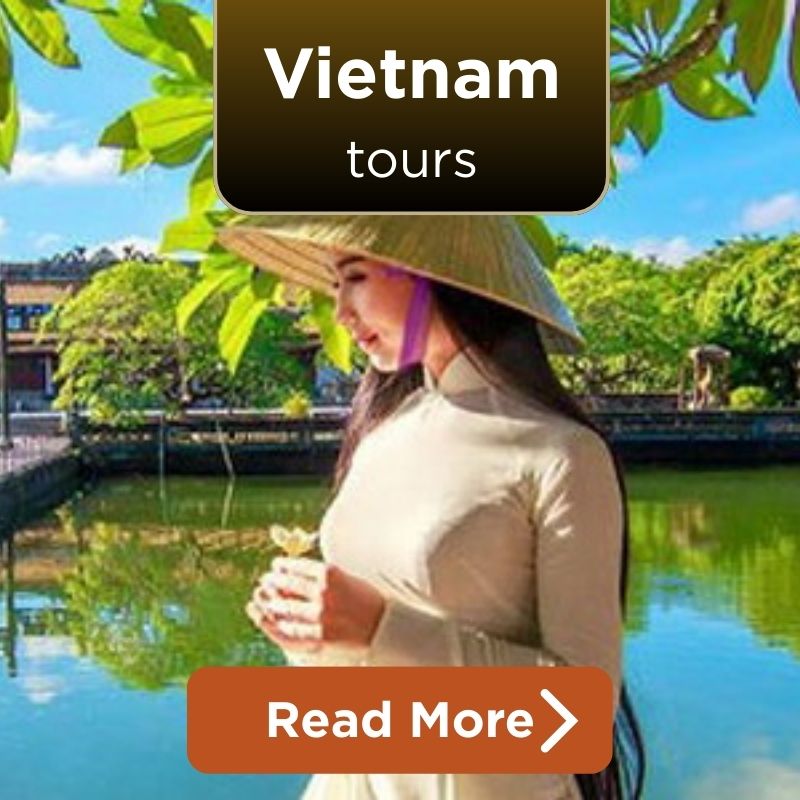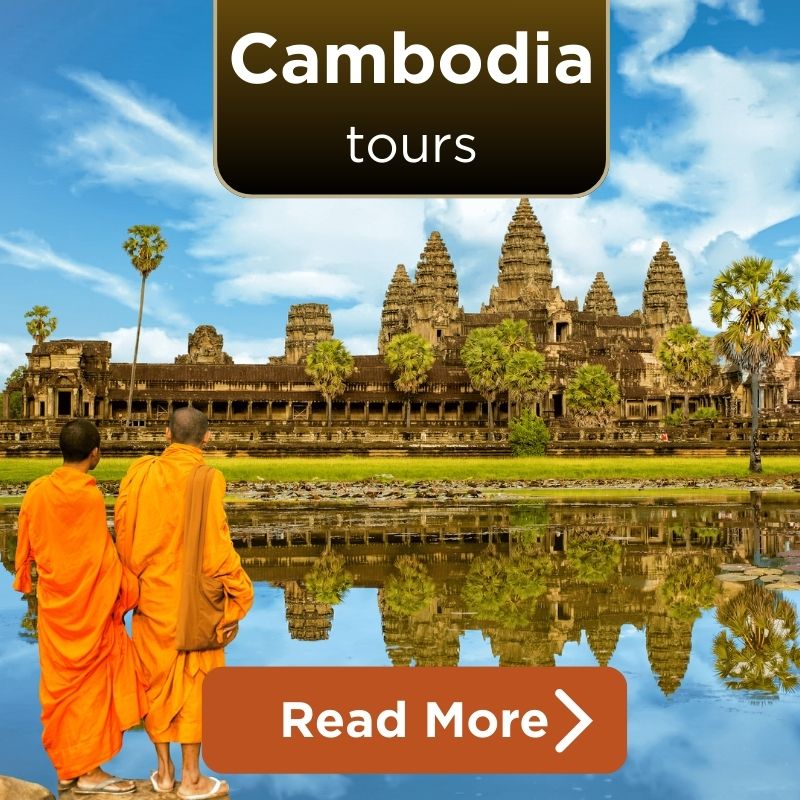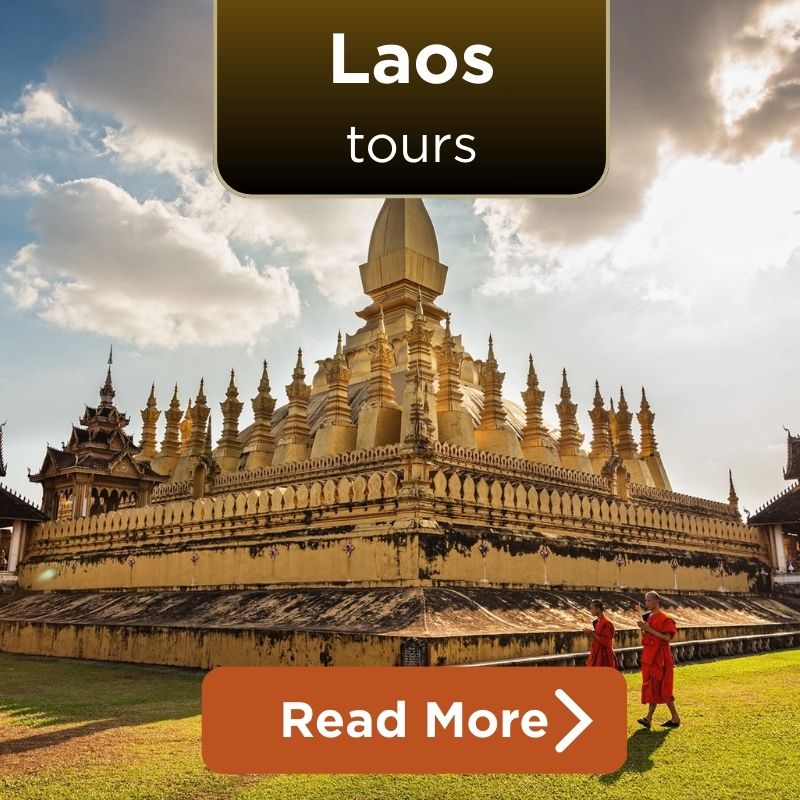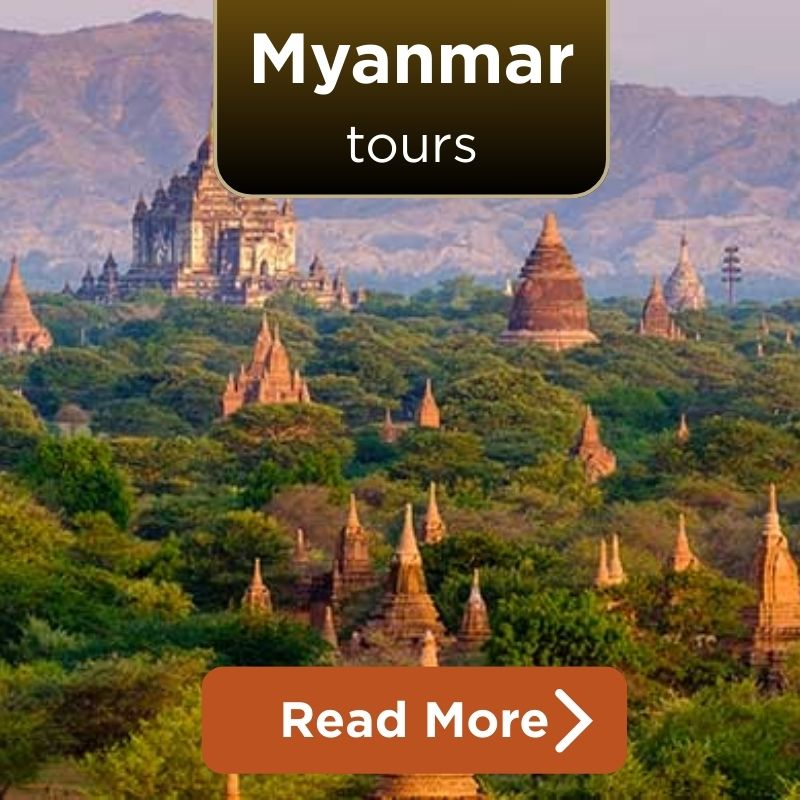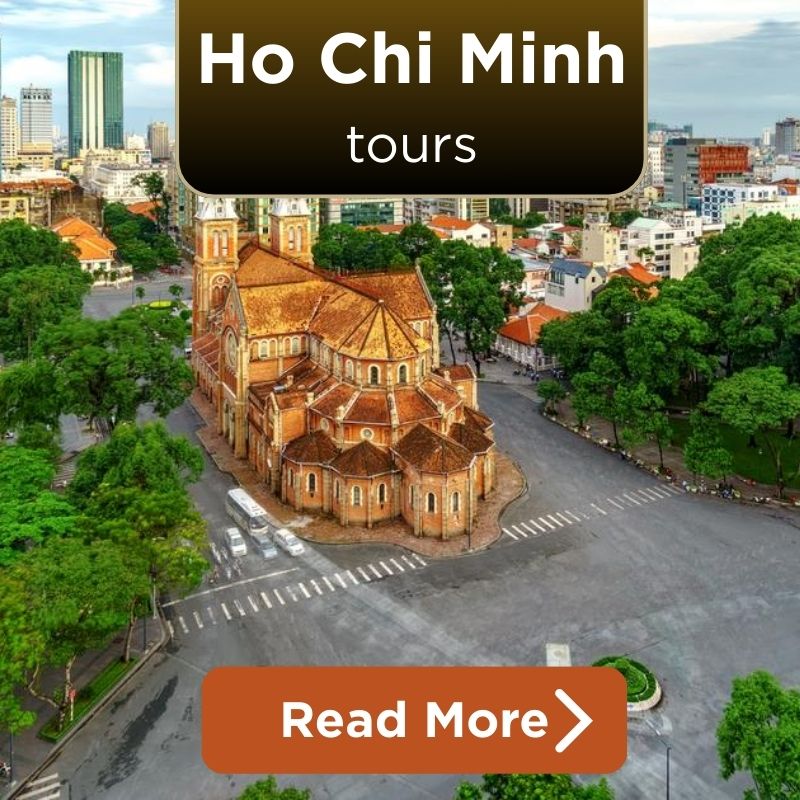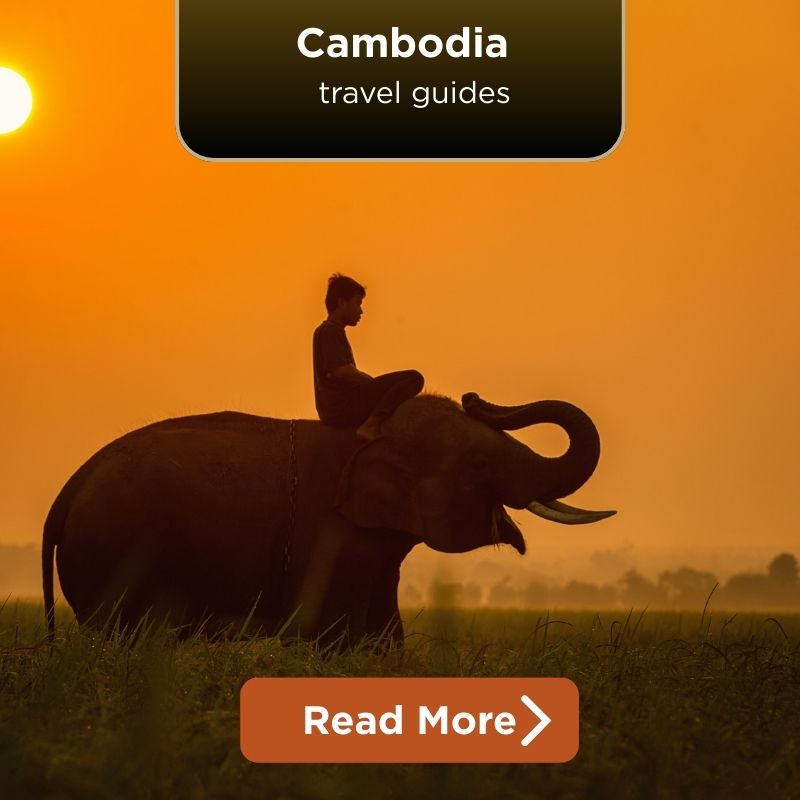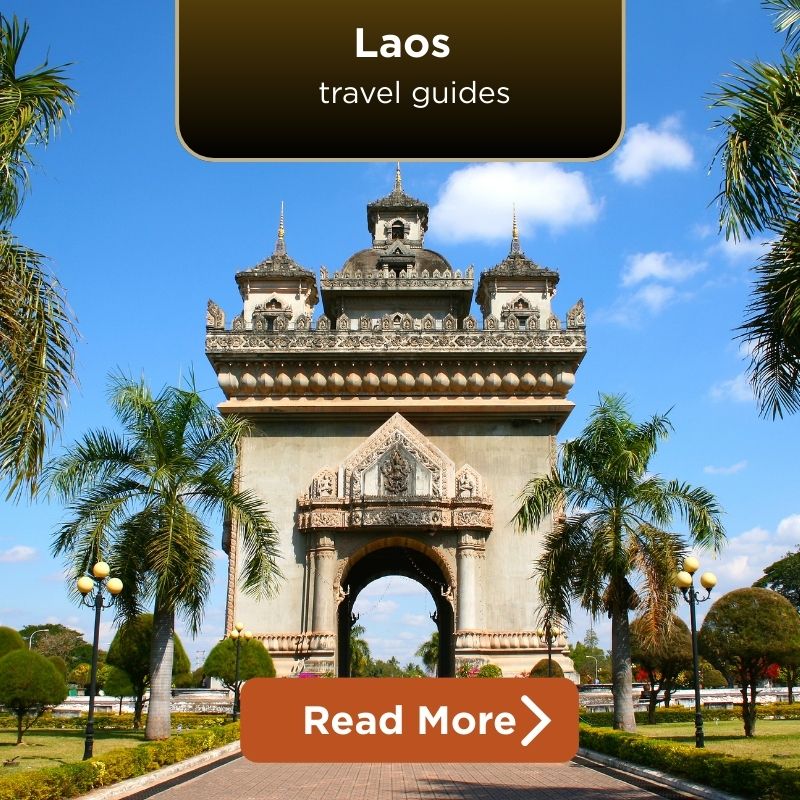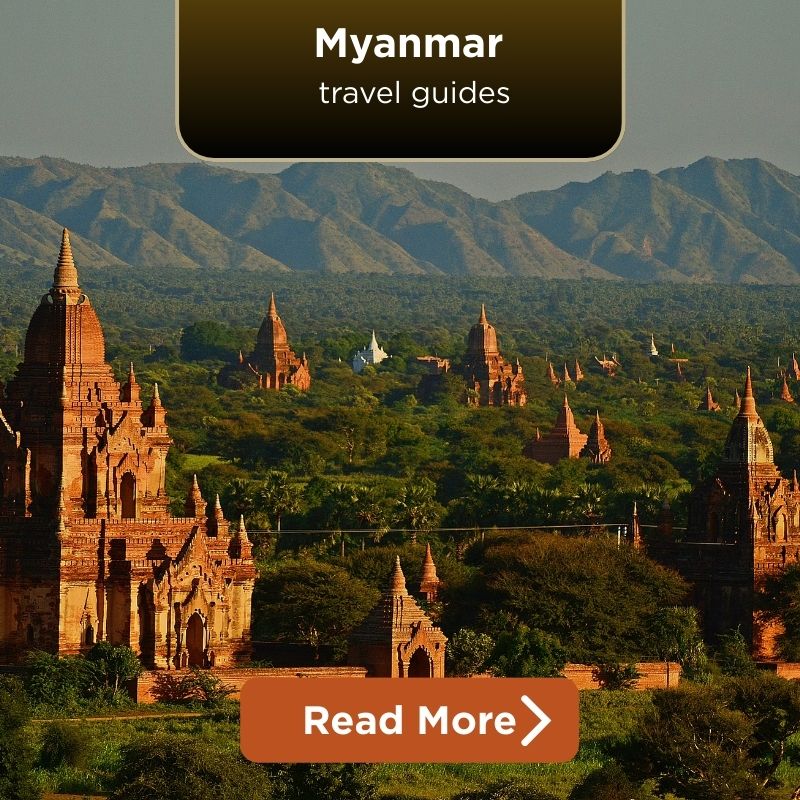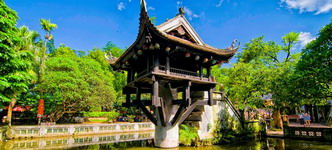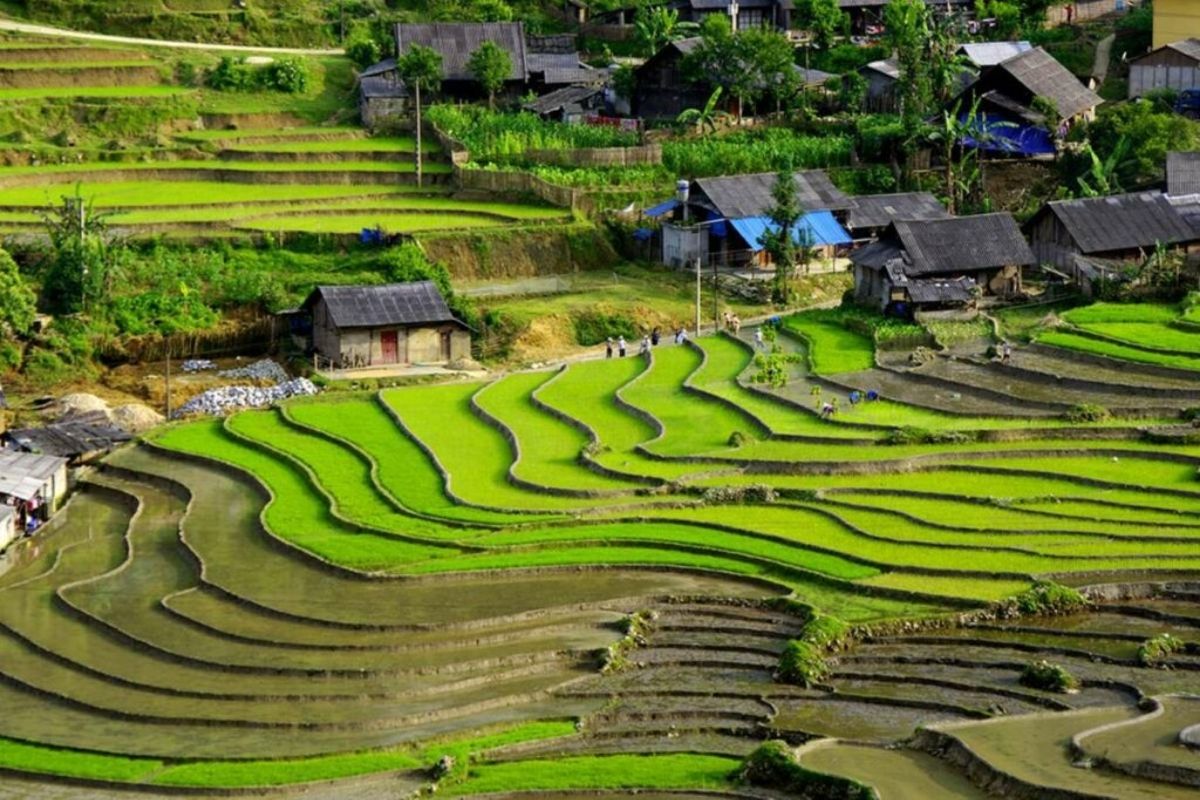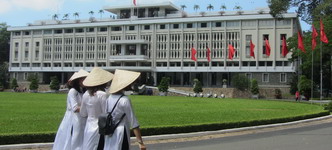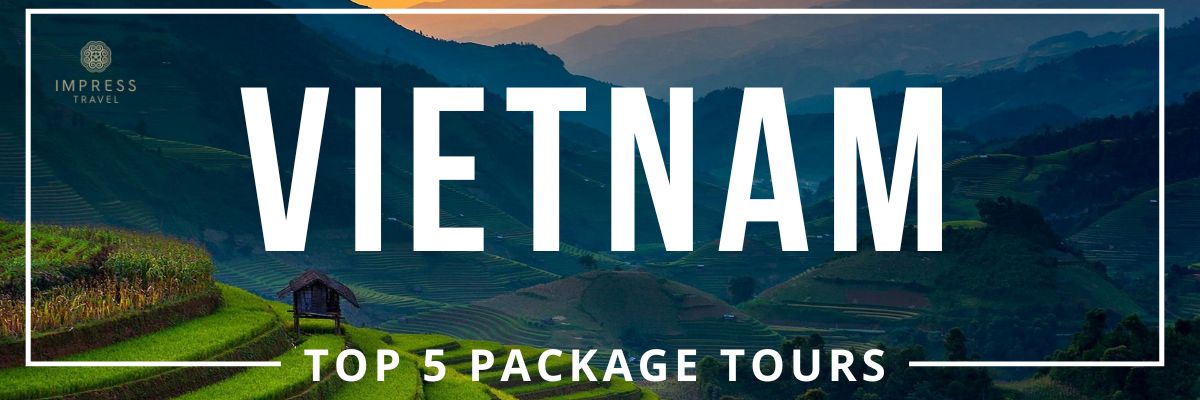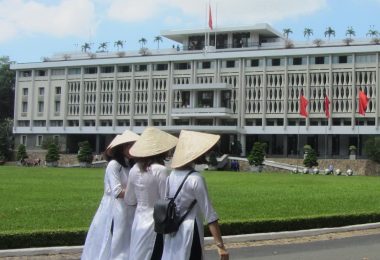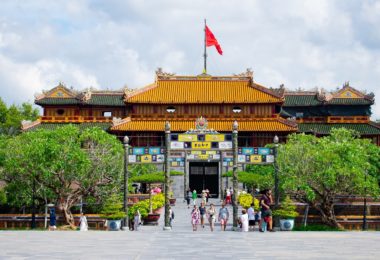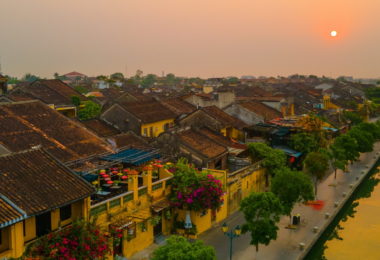1. Ancestor Worship – A Sacred Vietnamese Tradition
What is Ancestor Worship?
One of the best-known and longest-running Traditions of Vietnam is the worship of ancestors. It is built on the belief that dead family members continue to care for the living, and the living return the favor with offerings and prayers.
The Family Altar – The Heart of Every Home
- There is usually an altar in every Vietnamese home for the ancestors.
- It typically contains framed photographs, incense, fresh fruit, flowers, tea or wine cups, and candles.
- Vietnamese light incense and pray in front of the altar every day, particularly in the morning and at night.
When and How Are Ancestors Worshipped?
- Death anniversaries (gio): Relatives come together to cook and place the offerings on the altar.
- Lunar New Year (Tet Nguyen Dan): A special occasion when families “invite" ancestors back home and celebrate together.
- First and fifteenth day of the lunar month: Simpler offerings are performed routinely.
Why It Matters Culturally for Traditional customs of Vietnam
This practice transcends religion—it is an expression of deep family ties, thanksgiving, and responsibility towards ancestry. It is an integral part of Vietnamese society and instills the new generation with the value of family commitment, respect, and continuity.
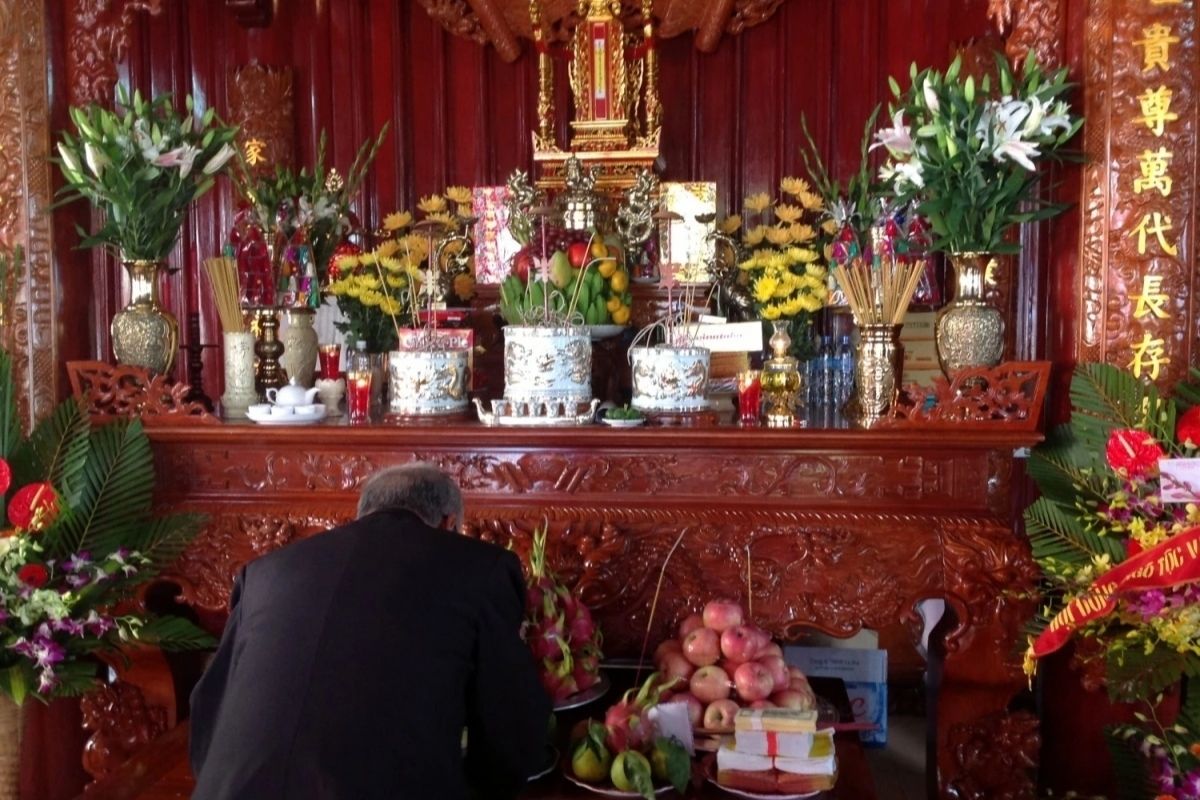
Ancestor Worship (Source: vov)
2. Tet Holiday (Lunar New Year) – The Soul of Vietnamese Celebrations
What Is Tet?
The most significant festival in Vietnam is Tet Nguyen Dan, or Lunar New Year. It is the traditional celebration in Vietnam marking the change from the old and new lunar calendar and signaling a new start for all the families in the country.
How Do People Prepare for Tet?
- Houses are thoroughly cleaned to wash away evil and invite new blessings.
- They adorn with peach flowers, apricot blossoms, red banners, and kumquat trees.
- Banh chung (square sticky rice cake) and banh Tet, traditional foods, are made with love.
Key Customs During Tet in Traditional customs of Vietnam
- Family reunion dinners for New Year’s Eve.
- Ancestor worship in residential homes with elaborate offerings.
- Handing lucky money in red packets to kids and the elderly, with best wishes.
- First visitor in the new year (xong dat): Thought to signify good (or bad) fortune for the new year.
Why Tet Is So Special with Traditional customs of Vietnam
Tet is not merely a holiday, it is the time when Vietnamese individuals head back home, connect with family members, and relate to the roots of their culture. It symbolizes the balance of Vietnamese traditions, deference for the past, happiness in the present, and optimism for the future.

Tet Holiday (Source: thaibinhgov)
3. Burning Votive Paper – Sending Gifts to the Afterlife
What Is Burning Votive Paper?
One other interesting Vietnamese Traditional practice is the burning of votive paper, popularly referred to as giay vang ma. It is an act in which individuals burn paper-made items such as cash, homes, clothing, and even vehicles to send them to deities or ancestors in the afterlife.
What Do People Burn?
- Bona fide (genuine) currency (even in Vietnamese dong, and
- Paper duplicates of clothing, gold, jewelry, motorbikes, telephones, and many others
- Symbolic objects signifying comfort and prosperity in the afterlife
When Does This Happen Traditional customs of Vietnam?
- Death anniversaries, lunar new year, and other special events
- At festivals such as the Mid-Autumn Festival, Vu Lan, or housewarming
- Following Tet, individuals incinerate items to “send off" ancestors after the holiday visit
Spiritual Beliefs Behind the Custom
This is an ancient practice based on beliefs in an animistic nature, in which all objects possess souls and life after death. When these things get burnt, the Vietnamese indicate love, affection, and ongoing care for the deceased.
It is among the most poignant and visually stunning ceremonies among Vietnamese traditions, where family, religion, and heritage unite in act.
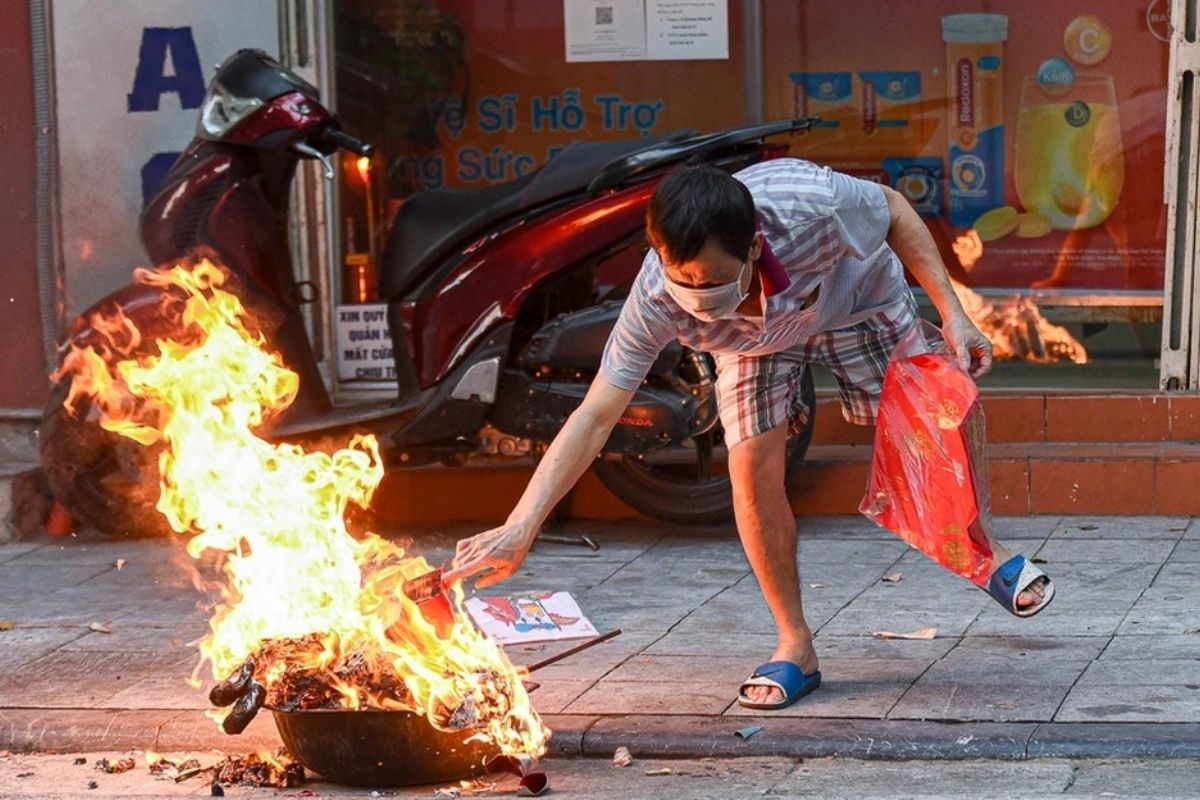
Burning Votive Paper (Source: dantri)
4. Visiting Pagodas at the Start of the Year – Seeking Harmony and Blessings
Why Do Vietnamese People Visit Pagodas During Tet?
In the initial days of Tet Nguyen Dan, you’ll see something incredibly lovely: Vietnamese crowds going to pagodas and temples, all in respectable attire and bearing offerings. It is not merely tradition—instead, it’s a sacred method of starting the year anew in clarity, appreciation, and spiritual rejuvenation.
It is a favorite time-honored Vietnamese tradition to visit a pagoda at the beginning of the lunar new year. Individuals visit the pagoda to pray for happiness, good health, prosperity, and peace in their home and work life. It is an opportunity to leave the stress behind and approach the new year with an open heart.
What Happens at the Pagoda?
- Incense offerings are burned and left at altars in order to reach the divine and pay homage to the local deities or Buddha.
- Some tourists contribute funds in support of the temple to acquire merit for the year.
- Numerous individuals request fortune reading or put down their names on prayer scrolls to seek divine protection.
Such rituals mirror the rich spiritual life that characterizes many Vietnamese traditions.
Tips for Travelers: Dress and Behavior for Traditional customs of Vietnam
When you intend to go to a pagoda, remember:
- Dress modestly with covered shoulders and knees—tank tops and shorts are not acceptable.
- Remove your shoes whenever you go into prayer halls.
- Be respectful: don’t speak loudly, and never point your feet towards altars.
This serene practice provides an authentic method for gaining insight into the essence of Vietnamese culture.
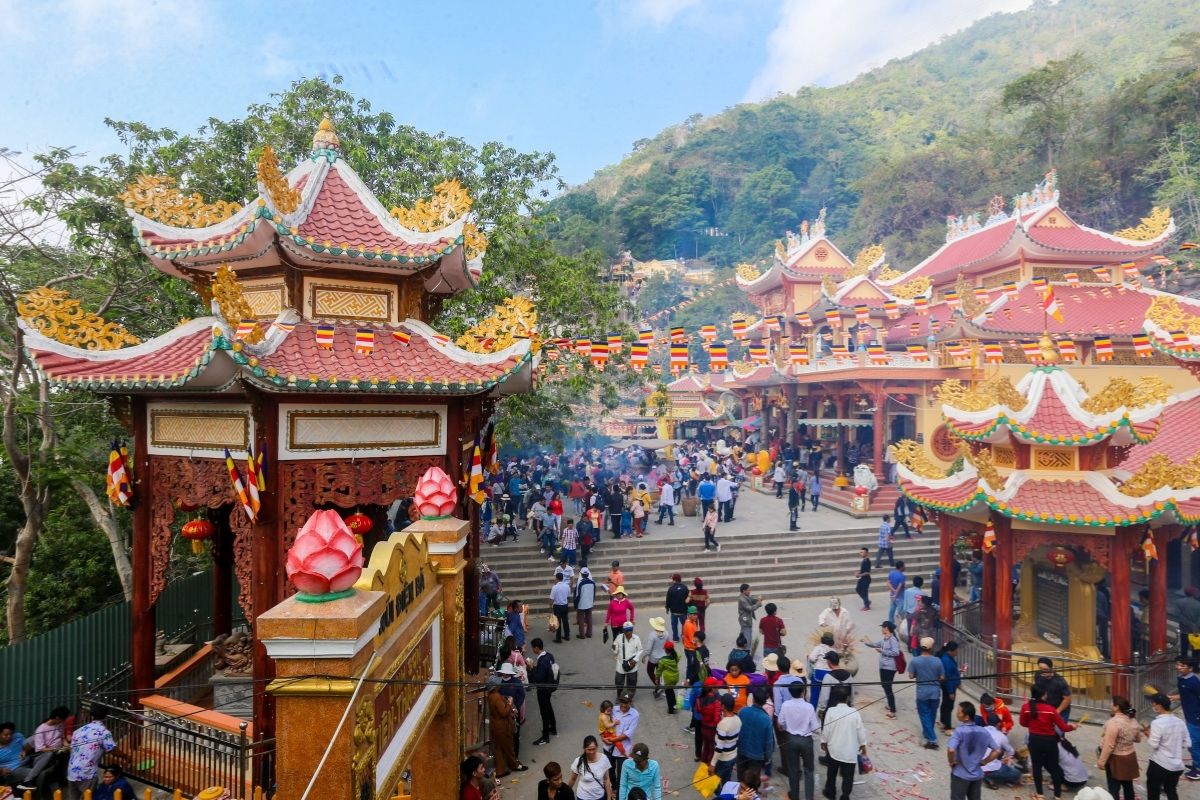
Visiting Pagodas at the Start of the Year (Source: suckhoedoisong)
5. God of Wealth Worship – A Business Blessing in Vietnamese Culture
Who Is Than Tai – The God of Wealth?
A single traditional Vietnamese practice stands out in the business community: worshiping the God of Wealth, Than Tai. In local belief, Than Tai brings good fortune, desirable customers, and guarding power into any shop, restaurant, or company that pays the proper respect.
This Vietnamese practice is pervasive enough that most Vietnamese establishments have a small altar for Than Tai at the front door.
How Do People Set Up the Altar?
- It rests on the ground or a low shelf, turned toward the front door.
- It traditionally consists of a statue of Than Tai, rice and water in bowls, fruit, incense, and gold leaf paper.
- Some add toads with coins, representing the attraction of wealth.
Special Day: The 10th Day of the Lunar New Year
On this day, referred to as “Ngay via Than Tai,” proprietors rise early in the morning to:
- Invest in gold as an emblem of approaching prosperity
- Clean the altar and set forth rich offerings
- Pray for prosperous business and good fortune in the upcoming year
This vibrant ritual intermingles religious life with hopes for economic success, reflecting the depth with which the Vietnamese incorporate practical life and faith.
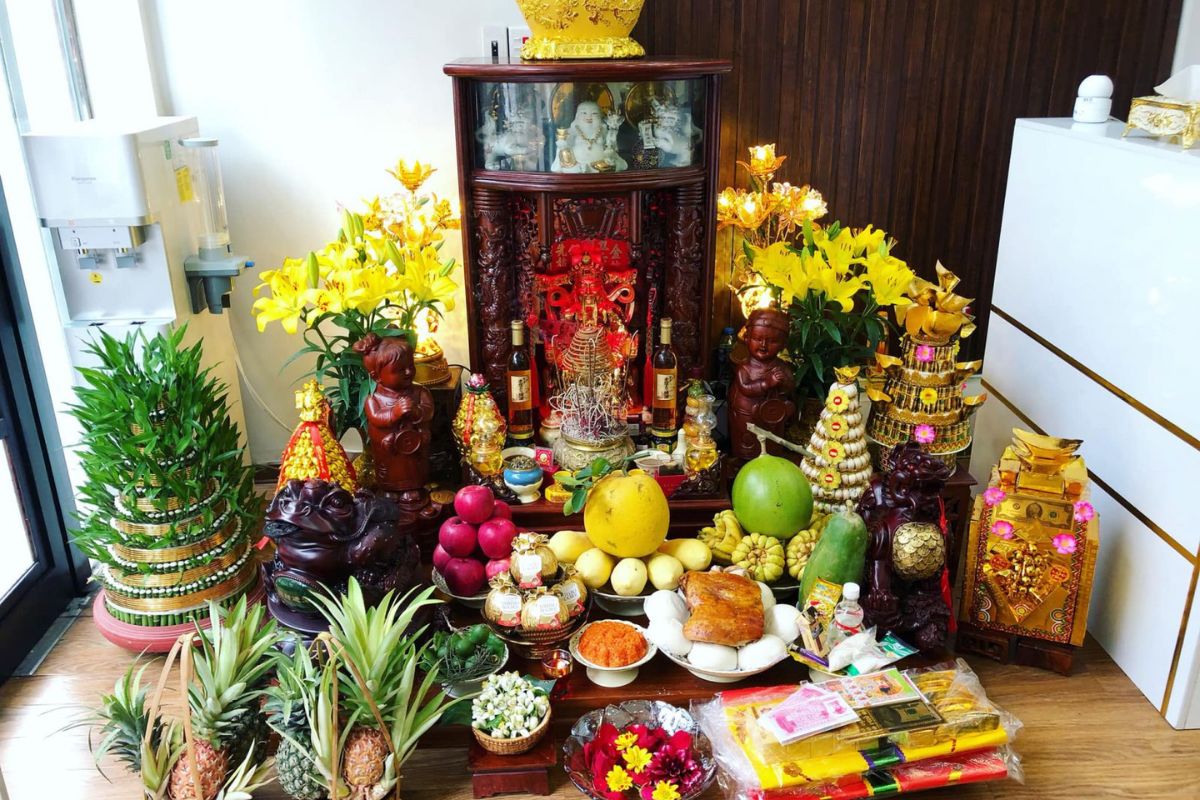
God of Wealth Worship (Source: vincom)
6. Traditional Wedding Rituals – Where Symbolism Meets Celebration
What Makes a Vietnamese Wedding Unique?
A Vietnamese wedding ceremony isn’t simply an occasion—it is an elaborate celebration steeped in symbolism, honor, and emotional profundity. Underpinned by Confucianism and local custom, the Vietnamese wedding is still among the most endearing Traditional customs of Vietnam.
The Three Key Ceremonies
- Le Dam Ngo (Bridewealth Presentation): The bridegroom brings his gift-giving family, including the betel leaves, fruits, and tea, to the bride’s house. Both families have to get acquainted and formalize the union.
- Le Cau Hon (Formal Proposal): It is a formal visit when the family of the bridegroom brings trays filled with offerings, requesting the bride’s hand in marriage. When accepted, the wedding dates are arranged.
- Le Ruoc Dau (Bride Procession): On the day of the wedding, the bridegroom’s family heads the festive procession to escort the bride home. The bride is attired in a red or pink ao dai, and tea is offered to the elderly as a sign of respect.
Cultural Meanings Behind Every Detail
- The color red represents happiness and fortune.
- The tea ceremony brings generations together, honoring parents and ancestors.
- Gift trays symbolize sincerity and the union of two families, not merely two individuals.
This rich, meaningful tradition underscores the value placed on family and community in Vietnamese culture. It is not merely a celebration—it is an intertwining of legacies.
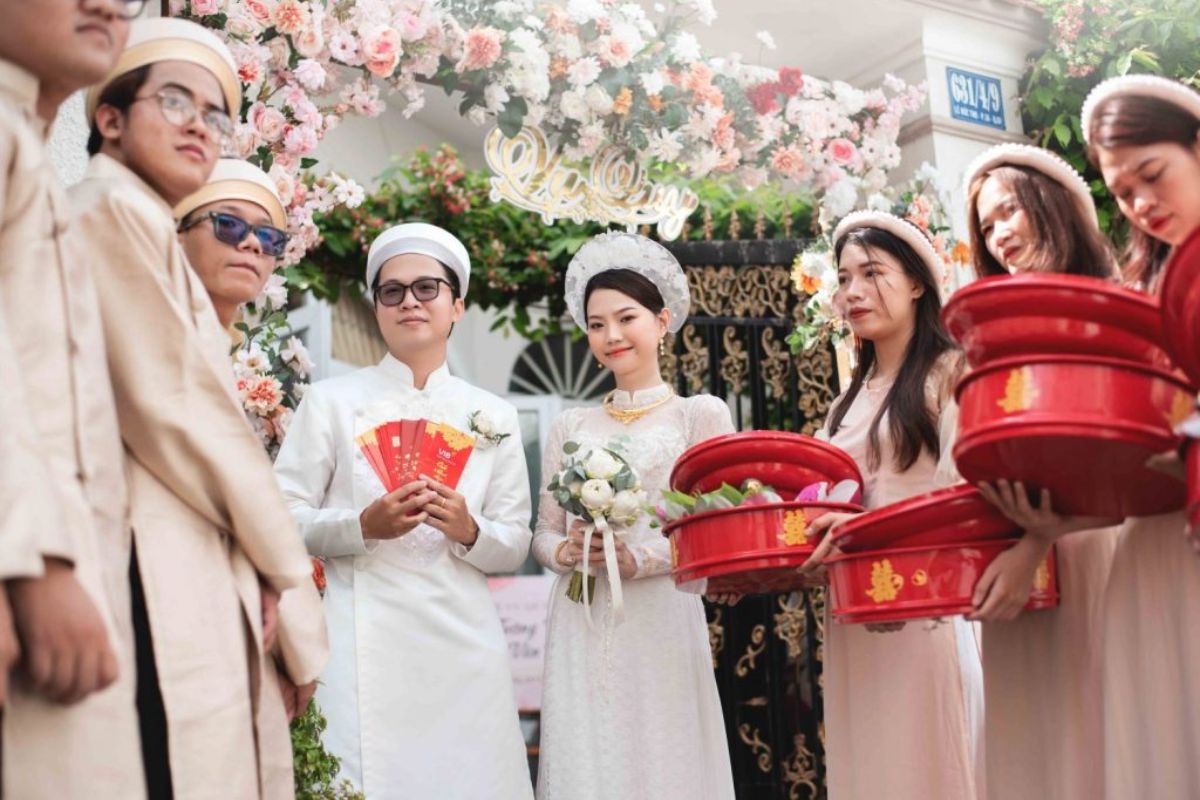
Traditional Wedding Rituals (Source: anhieuwedding)
7. Cung Giao Thua – Midnight Offerings to Welcome the New Year
What Is Giao Thua?
At the midnight mark on Tet Nguyen Dan, Vietnamese families conduct the poignant and sacred Traditional ritual, Cung Giao Thua. It is the celebration signaling the breakup of the old and the ushering in of the new, and it is the point in the evening when Vietnamese bid the past farewell symbolically and invite new blessings in.
Indoor vs. Outdoor Altars with Traditional customs of Vietnam
- Outdoor altar: Located in the front area to honor Heaven and Earth, as well as the deities that are said to guard the home.
- Indoor altar: It is used to summon the ancestors back home and mark Tet with their descendants.
Both altars are properly arranged with fruits, steamed chicken, incense, rice wine, and flowers, usually in the form of ceremonial “Mam Co".
The Power of Midnight Prayers for Traditional customs of Vietnam
As the firecrackers illuminate the evening sky, silent prayers are said in expectation. Individuals express gratitude to the deities for having protected them in the preceding year and seek peace, prosperity, and good health in the new year. It is an emotionally charged moment, imbued with feelings, familial bonding, and spiritual introspection.
It is an ancient Vietnamese tradition that reflects the essence of Vietnamese culture: harmony with humans, ancestors, nature, and the divine.

Cung Giao Thua (Source: vietnamnet)
8. Tet Thanh Minh – Honoring Ancestors Through Grave Visiting
What Is Tet Thanh Minh?
Typically occurring in early April, Tet Thanh Minh is the lesser-known yet far richer Traditional practice of Vietnam. Otherwise referred to as the Festival of Visiting the Graves, it is when families travel back to their ancestors’ graves to cleanse, mend, and pray—a symbol of ongoing respect and remembrance.
Why Do People Visit Graves in Traditional customs of Vietnam?
- As an act of thanksgiving for all their guardianship.
- As an invitation for them in the future during special events such as Tet holidays, weddings, etc.
- Passing on values of filial duty and family obligation to the next generations.
Rituals and Regional Traditions for Traditional customs of Vietnam
Typical practices are:
- Cleaning the gravesite: Cutting grass, repairing the stone, and repainting names.
- Providing incense, fruit, and paper items at the gravesite.
- Having small picnics with family members near the graveyard.
It is more sombre in the north, while in the south it can be more of an occasion for joyful reunions. In any case, Tet Thanh Minh teaches the value placed on unity in the Vietnamese family.
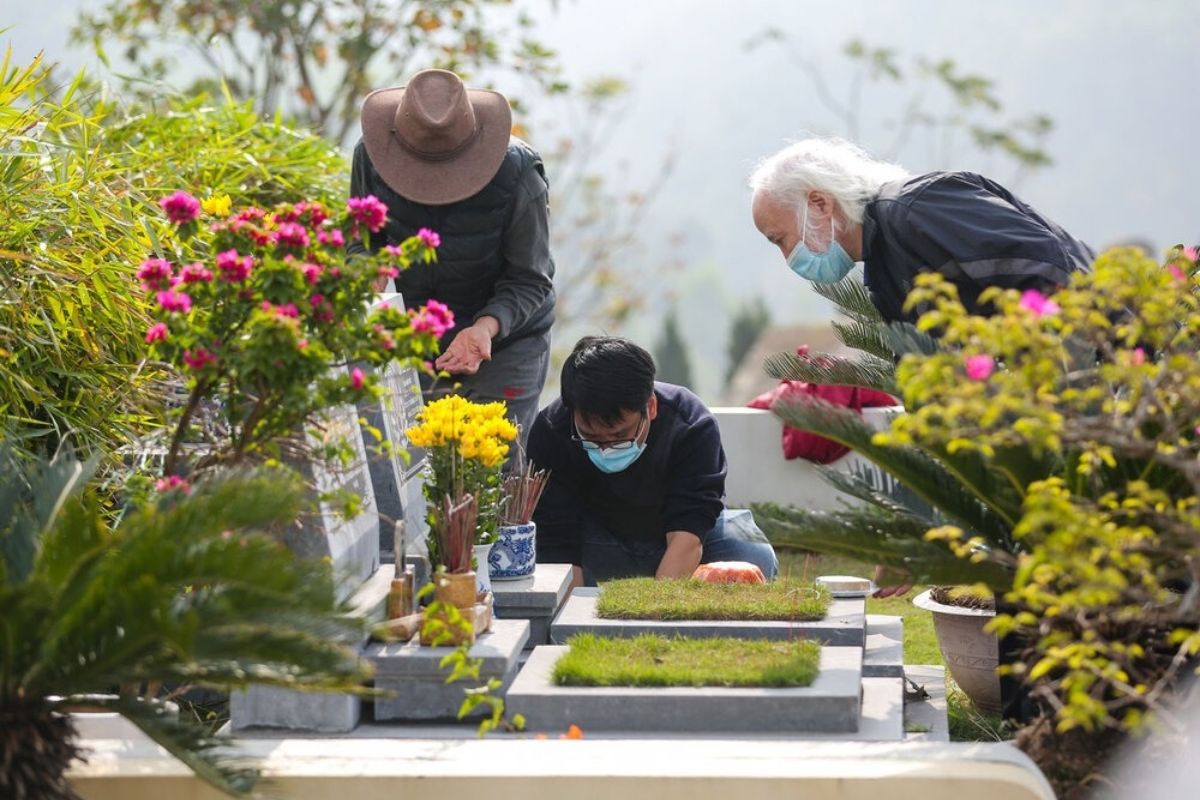
Tet Thanh Minh (Source: suckhoedoisong)
9. Animist Beliefs – Spirits in Nature and Everyday Life
What Is Animism in Traditional customs of Vietnam?
Although there are Buddhism, Confucianism, and Taoism in Vietnam, many, particularly in the countryside and among the minorities, continue to follow the belief in animism. It is the belief in an unseen world: the god in a river, nature spirits, mountains, and sacred beasts.
It is an interesting and deeply ingrained Traditional Vietnamese practice, primarily among the northern highland ethnic minorities or the Central Highlands.
Spiritual Practices in Nature for Traditional customs of Vietnam
- Farmers pray to the rain gods before the sowing season.
- Hunters leave offerings for forest spirits to ensure safety and success.
- Sacred trees and rivers are avoided and regarded with respect at specific times.
These Vietnamese practices are very symbolic and represent an equilibrium between humans and nature—a balance still existing in many villages today.
Link to Ecotourism and Culture for Traditional customs of Vietnam
For those venturing into the mountains or rivers of Vietnam, such knowledge provides richness to the experience. You’re not merely looking at landscapes, you’re entering into an ultraworld where every tree, every rock, every wind holds spiritual significance.
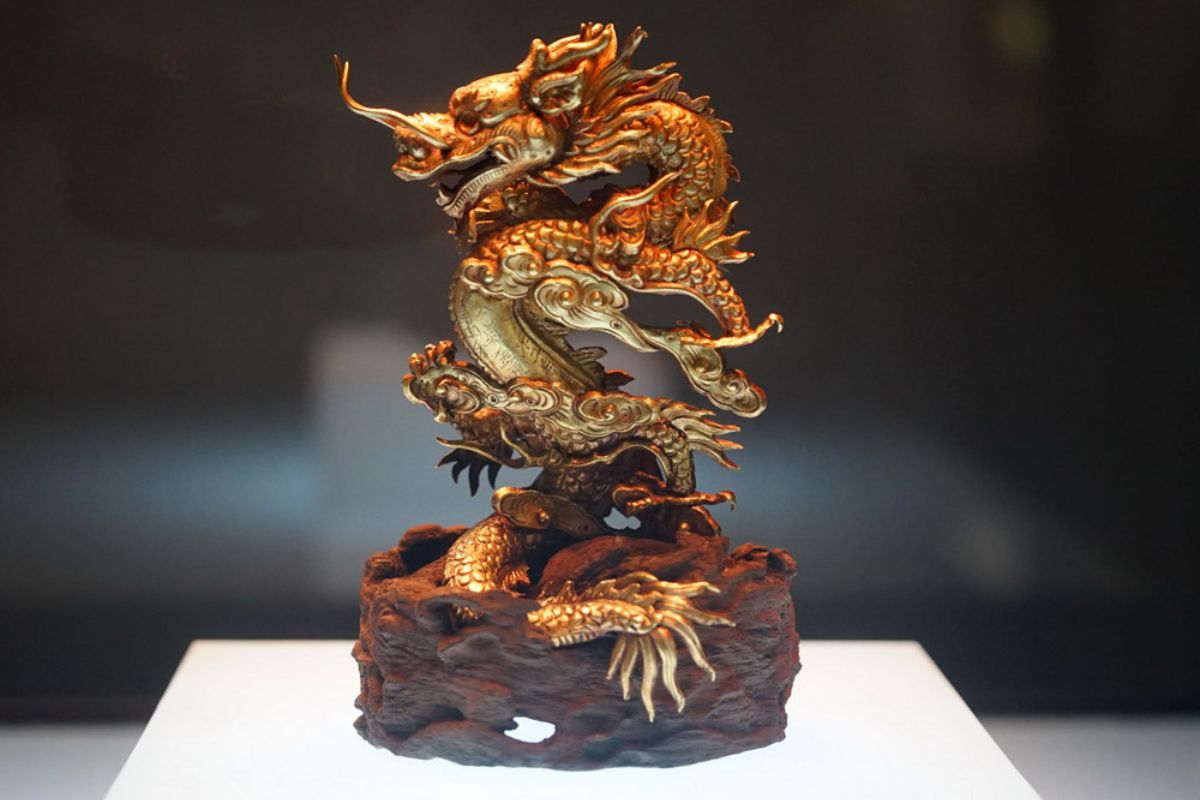
Animist Beliefs (Source: dialylacviet)
10. Communal Dining and “Mam Co” – Where Food Becomes Ceremony
Food Is More Than Food in Traditional customs of Vietnam
Meals in Vietnam are not merely about eating; they’re an act of showing love, appreciation, and national identity. The center of many Traditional customs in Vietnam, particularly in ancestor worship, festivals, and special events, is the Mam Co (the traditional meal tray).
What’s in a Mam Co in Traditional customs of Vietnam?
A typical Mam Co consists of:
- Sticky rice or steamed rice
- Stewed pork, steamed chicken, or spring rolls
- Pickled vegetables, soup, and fruit
- Incense and tea in small cups, or wine
Each has symbolism. Chicken is for purity, sticky rice for unity, and fruit for abundance.
Communal Dining Etiquette for Traditional customs of Vietnam
- Wait for the seniors to begin eating—it is respectful.
- Don’t leave chopsticks standing in rice, it looks like mourning rites.
- Serve from the middle—Vietnamese dishes are all about communal eating, not personal servings.
The occasion embodies the Vietnamese culture of celebration, respect, and harmony through the act of eating.
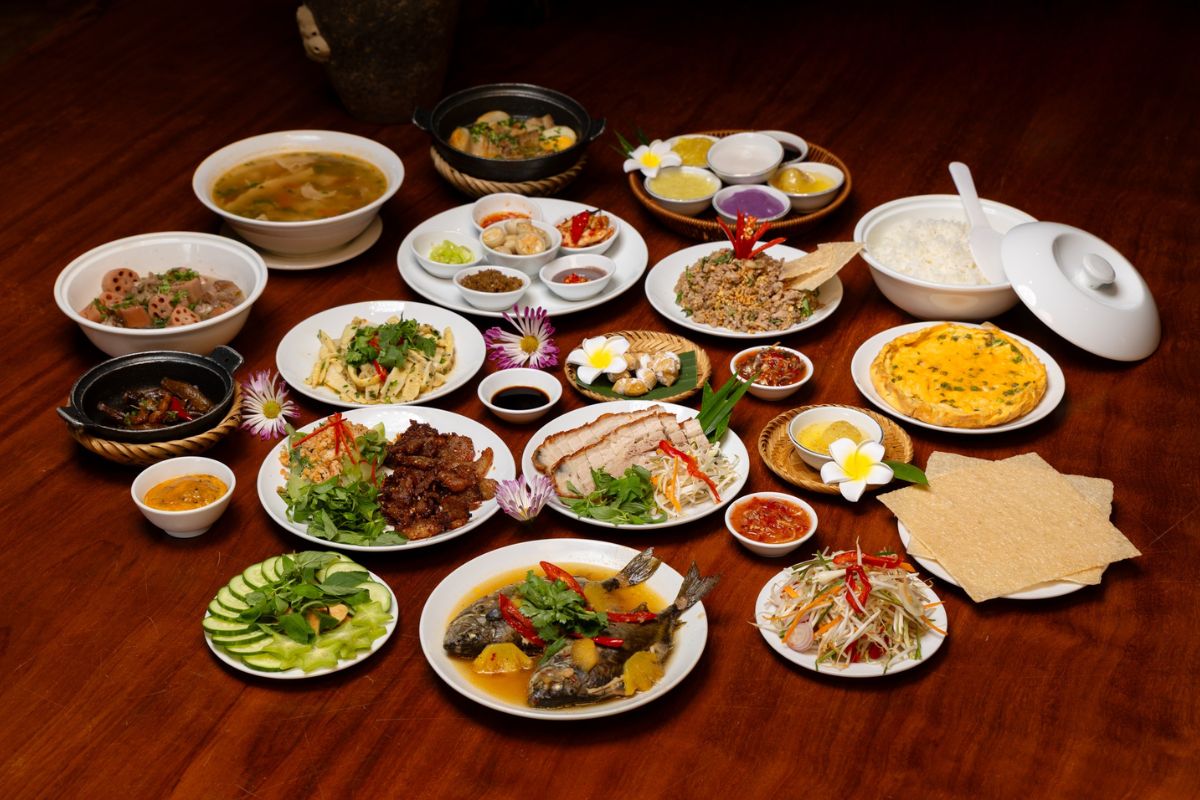
Communal Dining and “Mam Co” (Source: khamphahue)
Conclusion
All the Traditional customs of Vietnam are greater than a ritual, each is an expression of the values, beliefs, and solidarity that embody the Vietnamese people. From the worship of ancestors to Tet Nguyen Dan, these traditions remain dynamic while still retaining their essence. Engage with and honor such Vietnamese customs, and you visit Vietnam not just physically, but also connect with its soul.
FAQ about Traditional customs of Vietnam
1. What are some Vietnam customs?
Vietnam boasts an extensive cultural heritage rich in distinctive traditions. Among the most popular Vietnamese traditions are ancestor worship, the provision of incense at family altars, the provision of lucky money during Tet Nguyen Dan, votive paper burning, and the practice of proper dining manners, such as waiting for the seniors to dine before them. All these play significant roles in the Traditional customs of Vietnam and ensure solid family and community ties.
2. What is the most famous tradition in Vietnam?
No doubt, Tet Nguyen Dan, the Vietnamese Lunar New Year, is the most distinctive and widely observed traditional practice of Vietnam. It is the start of the lunar calendar and is laden with rituals such as reunions with family, offerings to the ancestors, home cleaning for the elimination of bad fortune, and the distribution of lucky money. It is an extremely spiritual and celebrative occasion that best expresses Vietnamese culture.
3. What is the traditional costume of Vietnam?
The best-known traditional Vietnamese outfit is the ao dai, a fitted, knee-length tunic worn atop loose trousers. It is graceful, sophisticated, and popular for weddings, festivals, and official events. Every ethnic group in Vietnam has its specific style, with colorful patterns and hand-woven textiles reflecting the country’s rich cultural diversity.
4. What do crossed fingers mean in Vietnam?
Crossing your fingers, notably an “X” formed with your index and middle fingers, is rude in Vietnam since it is similar in appearance to the female genitalia. In other cultures, such a gesture may signify good fortune or optimism, but it is best avoided in Vietnamese culture. Simply smile, or give the “wave," as an alternative.





